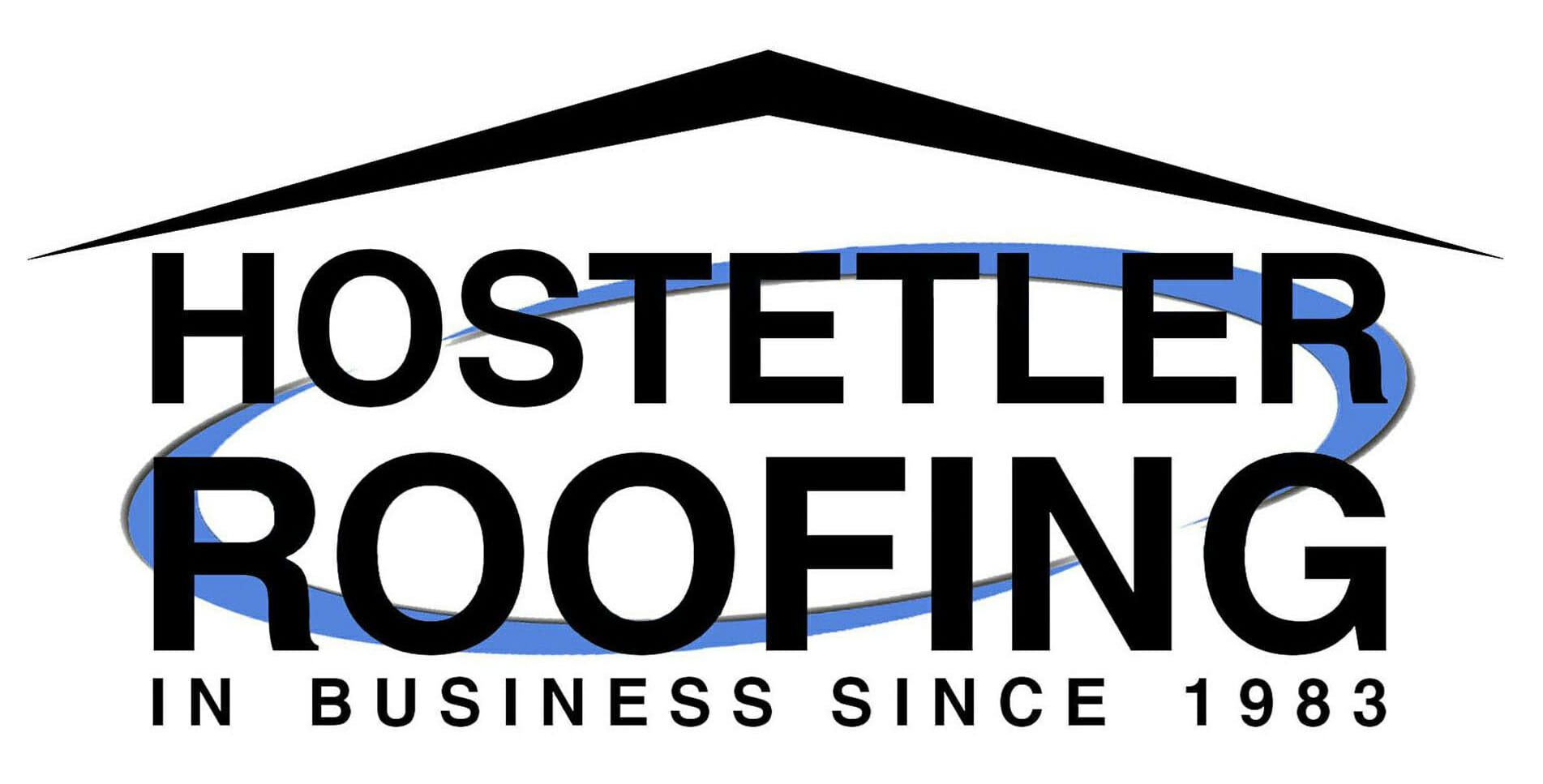As a business owner, your roof is one of your most valuable assets yet it’s easy to overlook until there’s a leak or major issue. Whether you manage a warehouse, office, church, or retail space, commercial roofs come with their own unique set of challenges. The good news? Most problems are preventable or fixable with the right team and strategy.
As a trusted commercial roofing contractor in Nashville, Arkansas, we’ve seen it all—from minor drainage issues to full-blown structural damage. In this post, I’ll walk you through the most common commercial roofing problems, what causes them, and how to solve them so you can protect your investment and keep operations running smoothly.
1. Roof Leaks
The Problem:
Leaks are hands-down the most common commercial roof issue. They can come from cracked seams, flashing failures, or ponding water—especially on flat roofs.
Causes:
- Poor installation
- Aging materials
- Storm damage
- Standing water near drains or HVAC units
The Solution:
Have your roof inspected regularly—at least twice a year. Spot repairs with sealants or replacing worn membranes can stop leaks early. For severe or recurring issues, it may be time to replace the roofing system.
According to the National Roofing Contractors Association (NRCA), early detection and preventive maintenance can extend a commercial roof’s life by more than 30%.
2. Ponding Water
The Problem:
Flat commercial roofs are prone to standing water, especially after heavy rain. If water sits on the surface for more than 48 hours, it increases the risk of leaks and membrane breakdown.
Causes:
- Poor roof slope or drainage design
- Clogged drains or gutters
- Structural sagging
The Solution:
Install tapered insulation to improve drainage or upgrade to a high-performance membrane like TPO or PVC. Also, keep drains and scuppers clear with seasonal maintenance.
3. Punctures and Tears
The Problem:
Single-ply membranes like EPDM, TPO, or PVC are durable but not invincible. Heavy foot traffic, dropped tools, or sharp debris can cause rips, tears, or punctures.
Causes:
- Foot traffic from HVAC or maintenance crews
- Debris from storms
- Improper installation
The Solution:
Use walkway pads to protect high-traffic areas. Train maintenance crews to walk carefully and avoid dragging tools. For small punctures, repairs can be done with patches or sealant. For large areas, a section replacement may be necessary.
4. Blistering or Bubbling
The Problem:
Blisters form when air or moisture gets trapped between the roof layers. This is especially common with modified bitumen or built-up roofing (BUR) systems.
Causes:
- Trapped moisture during installation
- Poor ventilation
- UV damage breaking down materials
The Solution:
If blisters are minor and not open, they may not need immediate repair. But large, open, or widespread blisters should be removed and re-roofed to prevent leaks.
5. Damaged Flashing
The Problem:
Flashing protects seams and edges where different roof sections meet—around skylights, vents, and HVAC units. When it pulls away or cracks, water intrusion quickly follows.
Causes:
- Expansion and contraction (thermal movement)
- Poor workmanship
- High winds or impact damage
The Solution:
Have flashing checked during routine inspections. Damaged flashing should be resealed, reattached, or replaced to keep water out of critical areas.
6. Roof Membrane Shrinkage
The Problem:
Some single-ply roofing membranes, like EPDM, can shrink over time, pulling away from edges and creating gaps at seams and flashings.
Causes:
- Aging
- Extreme temperature fluctuations
- Poor material selection or installation
The Solution:
If caught early, shrinkage-related issues can be repaired by reattaching and sealing edges. If the shrinkage is severe, you may need to re-roof or upgrade to a newer material like TPO.
7. Poor Installation or Repairs
The Problem:
Even the best materials will fail if installed incorrectly. Unfortunately, we often get called in to fix what another roofer did wrong.
Causes:
- Inexperienced contractors
- Cutting corners to save costs
- Lack of adherence to manufacturer specs
The Solution:
Hire a licensed, experienced commercial roofer who stands behind their work (like we do at Hostetler Roofing). Ask for references, warranties, and proof of certification before starting a project.
Also Read: Guide to Residential Roof Maintenance: Tips to Protect Your Home
How to Avoid Commercial Roof Problems
Here’s what we recommend for every business owner:
- Schedule Biannual Inspections – Spring and fall inspections help catch small issues before they escalate.
- Clean Debris Regularly – Clear leaves, limbs, and trash to prevent drainage issues and membrane damage.
- Keep a Roof Log – Track service dates, issues, and repairs for warranty and insurance purposes.
- Act Quickly – Delaying repairs often leads to bigger, costlier problems.
- Schedule Biannual Inspections – Spring and fall inspections help catch small issues before they escalate.
Work With a Roofing Team You Can Trust
At Hostetler Roofing, we specialize in commercial roof repair, maintenance, and replacement across Nashville, Arkansas and the ArkLaTex region. Our team is trained to spot early warning signs, use top-quality materials, and do the job right the first time.
We understand that downtime means lost revenue, so we work efficiently with minimal disruption to your business.
Call Today for Commercial Roof Repair in Arkansas
Call Hostetler Roofing at (870) 557-5686. Your local, honest commercial roofing contractor in Nashville, Arkansas. Whether you’ve got a small leak or you’re ready for a full roof replacement, we’re here to help protect your business and your bottom line.
You May Also Like To Read: Flat Roof vs. Pitched Roof for Businesses

